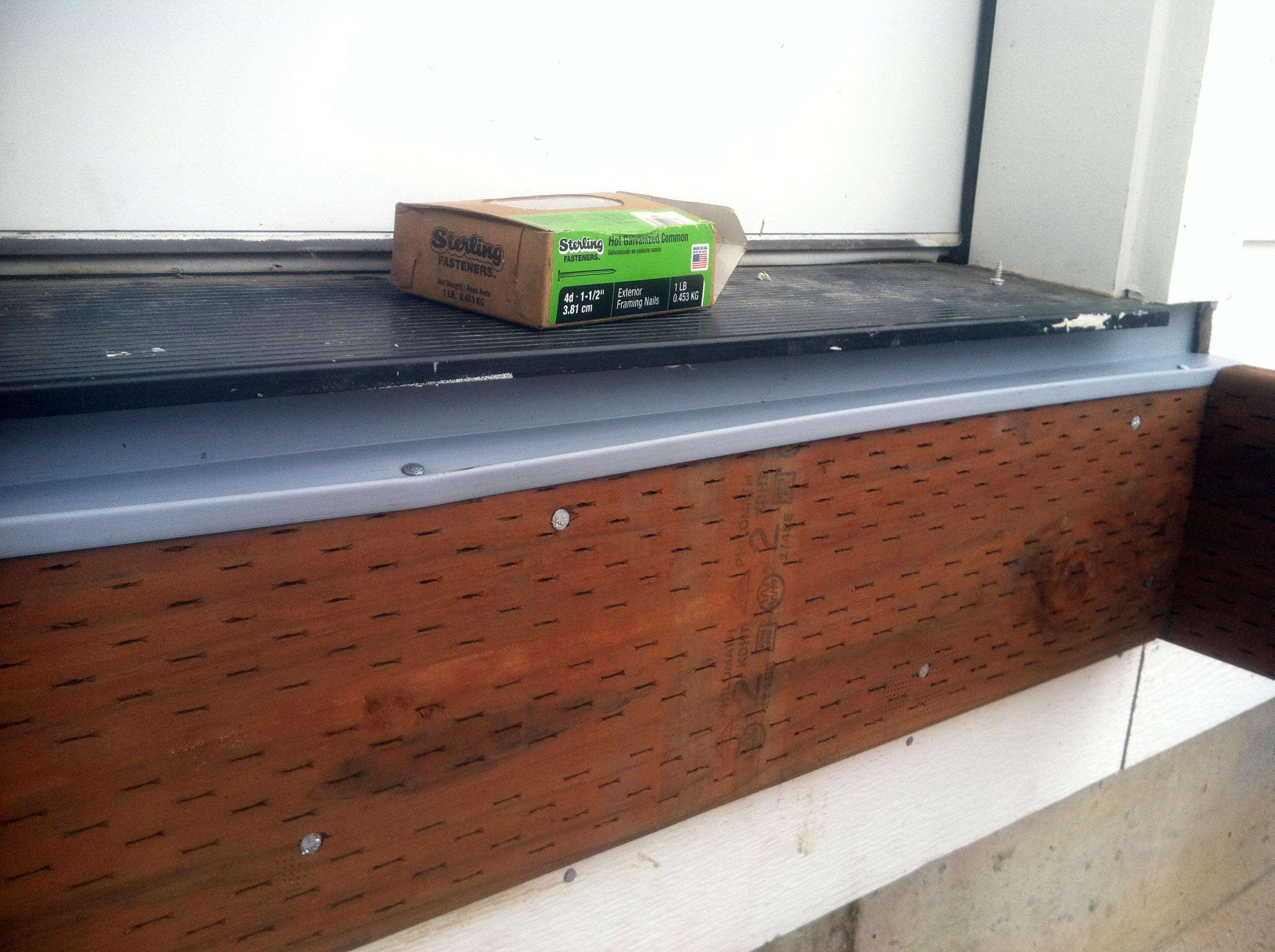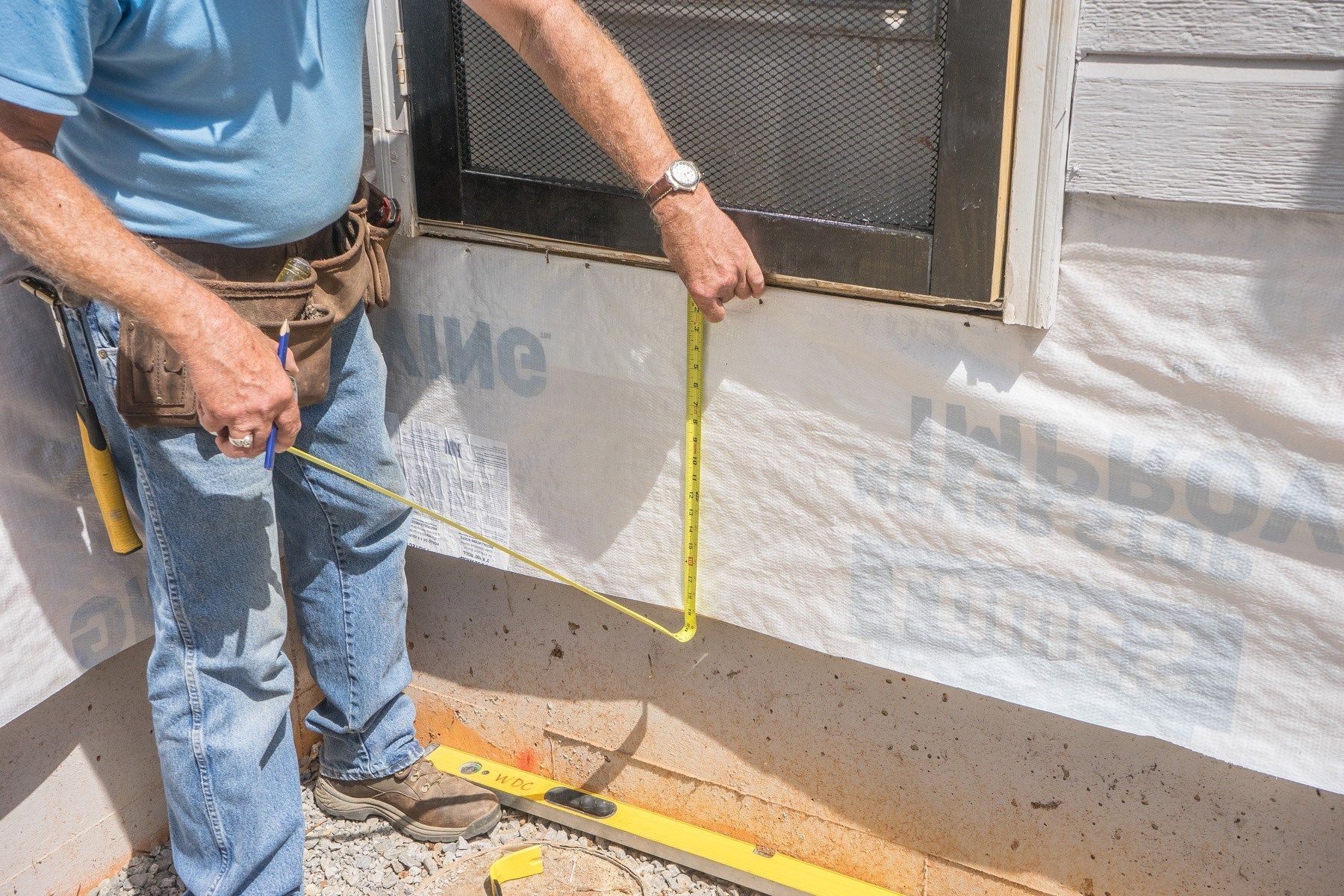How To Install Vinyl Deck Flashing
Needless to say I had to lift the house up and cut out all the bad wood, remove the deck and rebuild it. All because of a $40 piece of flashing. Yes copper flashing is not cheap, but what a savings. Now more on how to install the flashing. Sometimes a picture is worth a thousand words. I even caulked between all the deck boards. Water is still getting in. I'm wondering if I can install metal or vinyl flashing against the outside of the siding and onto the top of the deck boards to prevent water from getting in underneath. I hate to have to rip up all the deck boards, install siding underneath, and. Video of the Day. Attach J molding to the sides of the opening. Again, slide the pieces under the siding and remove pieces of siding as necessary and reattach them after you’ve nailed the flashing and molding in place. Tack the ledger board into place. Install undersill flashing on the cut edges of the vinyl.
Related Articles
- 1 Install Rain Gutter Mounts
- 2 Nail Deck Flashing
- 3 Maintain Vinyl Decking
- 4 Enclose a Breezeway
Attaching a deck to your house creates the potential for rot, not only to the ledger board that you attach to the house to support the deck, but to the house framing. Builders avoid rot by installing flashing along the top edge of the ledger board, but even when this is done according to accepted practices, it creates a pocket for debris to collect, and this can rot the decking board closest to the house. Whether you have wood, vinyl or aluminum siding, you can avoid this by oversizing the ledger board and creating space for water to run off.
1
Make the ledger out of pressure-treated lumber that is 2 inches wider than the joists. For example, if the deck has 2-by-8-inch joists, use 2-by-10s for the ledger. When you install the joists with their bottom edges flush with the bottom of the ledger, the top edge of the ledger will be at the same level as the surface of the deck.
2
Install Z-flashing along the top edge of the ledger. The horizontal leg should be wide enough to extend all the way across the edge of the ledger, while the vertical leg should extend upward on the wall. Nail the flashing to the wall sheathing with galvanized nails.
3
Cover the top edge of the vertical leg of the flashing with waterproof tar paper or house wrap.

4
Leave a gap of 1 inch or more between the the top of the ledger and the edge of the vinyl siding when you install the bottom run of siding, which usually goes on first. This keeps the siding out of debris that may collect in the inside corner of the flashing and prevents mold from growing on it.
5
Leave a gap between the decking board closest to the house and the ledger. This gap can be the same size as that between the decking boards or 1/4 inch larger. It creates space for water and debris to drain off the ledger and fall to the ground instead of collecting on the deck.
Things You Will Need
- Pressure-treated lumber
- Z-flashing
- Galvanized nails
- Tap paper or house wrap
Tips
- The pressure-treated lumber you use for the ledger may contain copper compounds, which can corrode aluminum flashing. You can avoid this by using vinyl or galvanized steel flashing.
- Improve runoff by beveling the top of the ledger to 45 degrees. If you do this, you'll need to use flashing that conforms to that angle.
References (2)

About the Author
Chris Deziel has a bachelor's degree in physics and a master's degree in humanities. Besides having an abiding interest in popular science, Deziel has been active in the building and home design trades since 1975. As a landscape builder, he helped establish two gardening companies.
Cite this ArticleChoose Citation Style
Vinyl Deck Ledger Flashing

Welcome! Meredith collects data to deliver the best content, services, and personalized digital ads. We partner with third party advertisers, who may use tracking technologies to collect information about your activity on sites and applications across devices, both on our sites and across the Internet.
You always have the choice to experience our sites without personalized advertising based on your web browsing activity by visiting the DAA's Consumer Choice page, the NAI's website, and/or the EU online choices page, from each of your browsers or devices. To avoid personalized advertising based on your mobile app activity, you can install the DAA's AppChoices app here. You can find much more information about your privacy choices in our privacy policy. You can make a Data Subject Request at any time. Even if you choose not to have your activity tracked by third parties for advertising services, you will still see non-personalized ads on our site.
By clicking continue below and using our sites or applications, you agree that we and our third party advertisers can:
- transfer your personal data to the United States or other countries, and
- process your personal data to serve you with personalized ads, subject to your choices as described above and in our privacy policy.